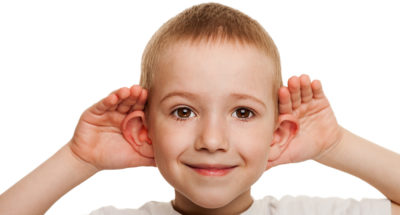
Flow and Tell
After checking in with their breath, body sensations, emotions, and thoughts, students take turns listening and sharing what they observe in the present moment.

After checking in with their breath, body sensations, emotions, and thoughts, students take turns listening and sharing what they observe in the present moment.
How did students respond to this practice? Where might you try it again? When might it be most well-received?
While research on the effects of mindfulness on children and teens is still in the early stages, a 2014 meta-analysis that focuses on 24 studies of K-12 students demonstrated changes in students’ attention and resilience to stress, including positive emotions, self-esteem, and self-concept. Apart from affecting student well-being, some research studies suggest that mindfulness practices can also foster curiosity and learning.
Many mindfulness practices involve turning inward to observe thoughts, breath patterns, and body sensations. However, this practice also prompts students to turn outward and engage with their peers.
Students may benefit from “Flow and Tell” because they are practicing paying attention to themselves and others in the present moment—a skill that may ultimately improve their executive function (e.g., attention, self-control, memory) and academic achievement.
In addition, mindful listening is when we let go of our agendas and ideas to truly hear another person’s perspective. The other part of mindful communication is mindful speaking, or speaking authentically. When we can really speak our truth and truly listen, true friendship and connection can thrive.

Do you want to dive deeper into the science behind our GGIE practices? Enroll in one of our online courses for educators!
Comments